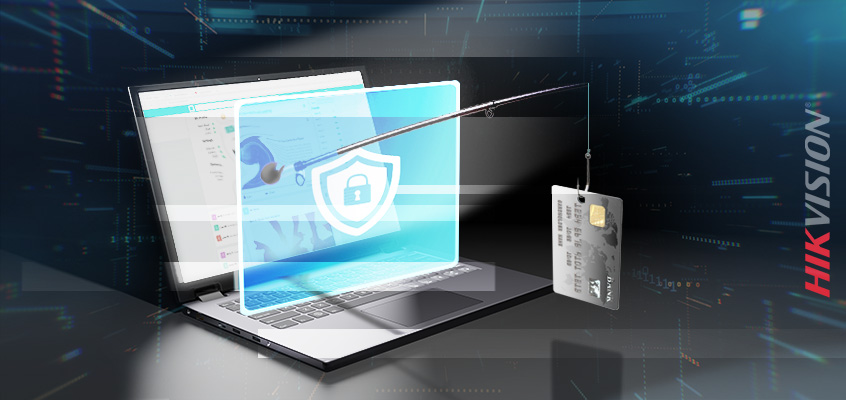Cybersecurity at Hikvision: Be in the Know about Vulnerabilities, Best Practices, and Hikvision’s Commitment to You

The practice of “phishing” is a top threat in the cybersecurity world, and it is constantly evolving. In this article from Security Systems News, a SASE computer security platform provider named Netskope provided research on the top sources of phishing attacks and cloud vulnerabilities. They found that phishing is now moving away from email only and mimicking legitimate apps to gain access to users’ information. Users are continuing to click malicious links not only from emails, but also from places like personal websites, blogs, social media, and search engine results.
Phishing attacks are not going anywhere. They are only changing tactics.
Since Hikvision likes to keep its customers up to date on cybersecurity information, this recent blog provides 8 tips to help keep your organization safe. Some of them include:
- Use two-factor authentication (2FA) or multi-factor authentication (MFA) everywhere possible.
- Use a password manager. This will allow you to make great passwords (20 plus characters) that are unique for every website. And you won’t need to remember any of them.
- Never reuse passwords. If you have reused passwords, take time to change them now, before it’s too late. Threat actors buy up username/password lists and start trying to login with the username and password on other sites, like Twitter, Facebook, and Spotify.
- If you are alerted that a password has been compromised, change it immediately and see item number three, above.
Hikvision has always understood the importance of cybersecurity knowledge and is dedicated to helping customers, partners, and distributors keep security systems and equipment safe. In our online cybersecurity center, you’ll find best practices and a wide range of cybersecurity resources.
At the top of the page, under the Important Notices heading, you’ll find important and time sensitive information about cybersecurity reporting, vulnerabilities, and other critical notices. Another important topic in the cybersecurity center includes white papers on cybersecurity topics, including an introduction to the leading cybersecurity framework, Zero Trust.
Hikvision is here to help, always keeping you informed. To learn more, contact a Hikvision representative.
